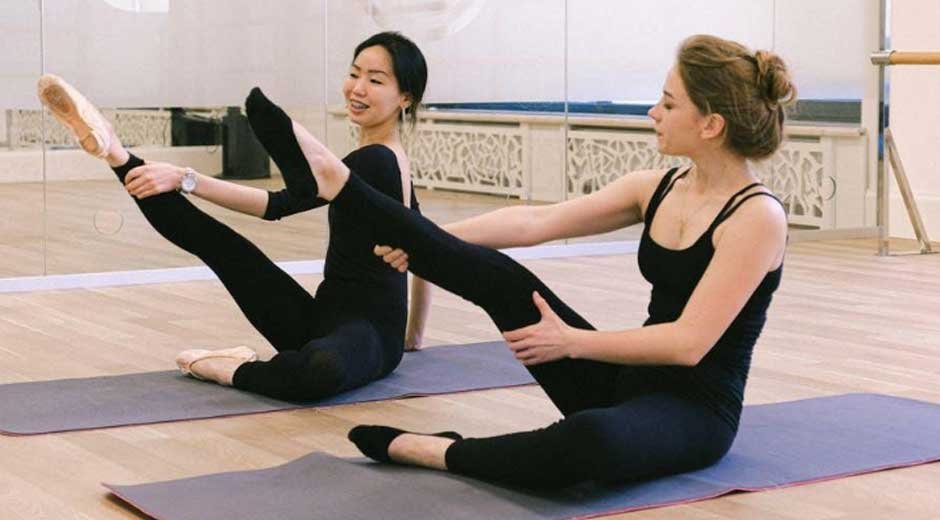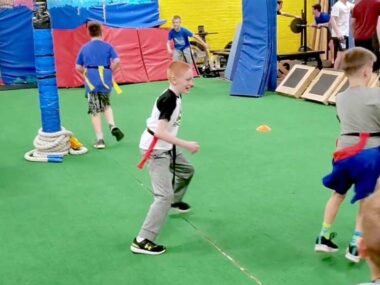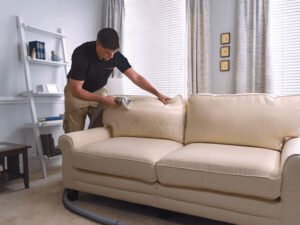When you dance, the floor under your feet plays a big role in how you move and feel. The right dance floor doesn’t just make things more comfortable-it helps keep you safe and improves how well you perform.
No matter if you’re a beginner or a pro, it’s important to know what makes a good dance floor. In this guide, we’ll break down the layers and materials that create the best surface for dancing. Let’s take a closer look at what’s really under your feet.
The Foundation: Subflooring Basics
Every great dance floor begins with a subfloor. This layer serves as the foundation that supports the entire flooring system. There are two primary types of subflooring: floating subfloors and fixed subfloors.
Floating subfloors are designed to absorb impact and provide cushioning, making them ideal for dance studios and stages. Fixed subfloors, on the other hand, are rigidly attached to the ground and offer less flexibility, but can still be effective for certain styles of dance.
Natural wood, plywood, and even specialized rubber materials can be used as subfloors. The right subfloor can significantly reduce injuries and fatigue among dancers, allowing them to perform at their best without risking their health.
Layering for Safety and Comfort
After the subfloor is in place, the next important layer is the resilient layer. This part works like a cushion, helping absorb shock and reduce stress on the dancer’s body.
It makes dancing more comfortable and lowers the risk of injuries. This layer is usually made from rubber or foam, and its thickness can change depending on the type of dance.
The top layer of the floor comes last. This is the surface that dancers actually move on, and it can be made from vinyl, linoleum, or wood.
Each material feels different and affects how dancers perform. For example, Stagestep Marley Flooring is popular because it gives a good mix of grip and slide, helping dancers move safely and smoothly.
The Role of the Top Surface Material
Choosing the right top surface material is critical for optimal dance performance. Different dance styles require differing levels of traction and slide.
For example, ballet dancers often prefer a smoother wooden floor for pirouettes, while hip-hop dancers may favor a vinyl surface that allows for more sliding. Here’s a closer look at some popular top surface materials:
Vinyl
Vinyl is a popular choice for dance studios because it’s tough and long-lasting. It can handle heavy use without wearing out quickly.
Cleaning it is simple, which makes it easy to care for over time. It also comes in many colors and patterns, letting studios choose a look that fits their space.
Wood
Wood floors offer a timeless and natural appearance that many dancers appreciate. They provide great shock absorption, which helps protect dancers’ knees and joints.
This is especially useful for dance styles that include jumping or fast footwork. Wood can also add warmth and character to a studio.
Marley
Marley flooring is specially made for dancers and is used in many professional studios. It gives just the right amount of grip and slide, helping dancers move safely and confidently.
Because of this balance, it works well for a wide range of dance styles. Many dancers prefer Marley because it feels smooth but not slippery.
Maintenance Matters
Maintaining dance flooring is crucial to ensure safety and longevity. Regular cleaning helps prevent dirt buildup, which can create slippery or uneven surfaces.
For vinyl and marley floors, using a damp mop and approved cleaning solutions will preserve the material’s integrity. Moreover, incorporating a regular inspection routine can help identify areas that may need repair or replacement.
While maintenance might seem like an afterthought, neglecting your dance floor can lead to injuries and costly repairs down the road. Enjoying your dance space starts with a commitment to its upkeep.
The Future of Dance Flooring
Innovations in dance flooring are constantly improving, with a strong focus on performance, safety, and sustainability. Many dancers and studio owners are now choosing eco-friendly materials to support healthier and more responsible practices.
Materials like bamboo and recycled rubber are not only strong and long-lasting, but they also help reduce harm to the environment. These green options are becoming more common as people look for ways to lower their environmental impact.
At the same time, smart technology is starting to appear in some dance floors, creating interactive surfaces that respond to movement. These high-tech floors can give helpful feedback to dancers, making it easier to improve technique and track progress over time.
Create Your Perfect Dance Space
Choosing the right dance flooring starts with understanding the different layers that make up a complete system. Each part, including the subfloor, resilient layer, and top surface, works together to support movement and protect the body. The way a floor is built can affect everything from shock absorption to traction.
Materials like traditional wood or modern vinyl, such as Marley, each offer unique benefits depending on the dance style. For example, some floors are better for smooth gliding, while others are designed for strong grip or extra cushioning. Knowing these differences helps dancers, teachers, and studio owners select the best option for their specific needs.
Unlocking the Personal Touch
Creating a dance space that reflects your style and comfort is paramount. Consider factors such as lighting, acoustic treatment, and even the layout of the room to maximize your dancing experience. Personal touches can elevate your performance, turning a simple studio into a sanctuary for creativity.
Finally, investing in quality dance flooring is not just about aesthetics. It’s about providing a safe environment where dancers can thrive. Choose wisely, and your dance floor will support you on every step of your journey.
Steps to Safer Dance Flooring
Understanding the components of dance flooring-from subfloor through surface materials-is essential for both safety and performance. By investing time and resources into selecting and maintaining your flooring, you are laying the groundwork for a safe and enjoyable dancing experience. Become proactive about your dance space, and enjoy every moment on your chosen dance floor.
Is this article helpful? Keep reading our blog for more.









